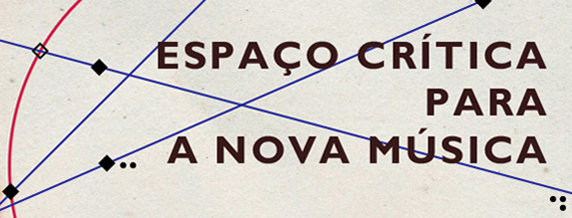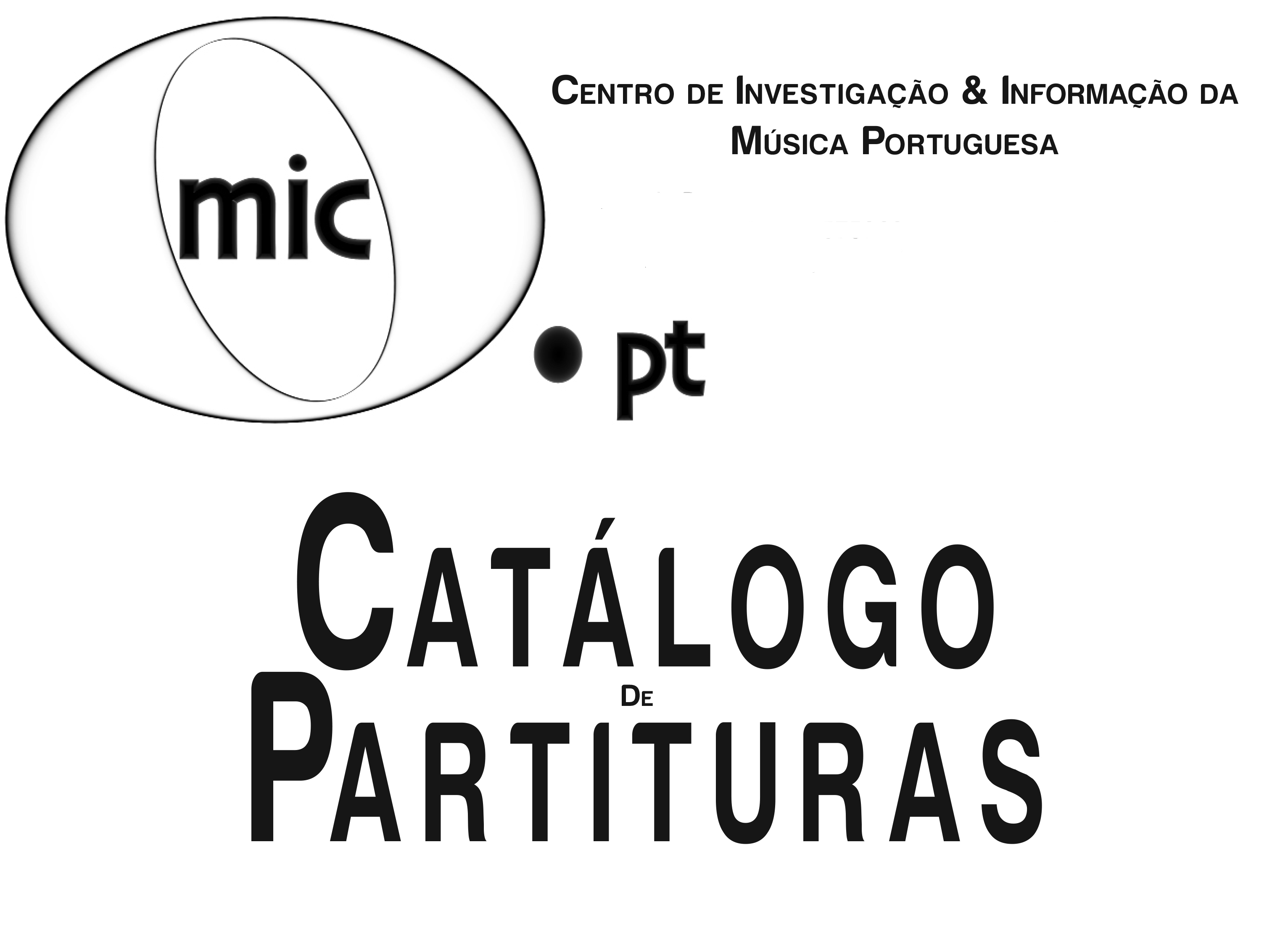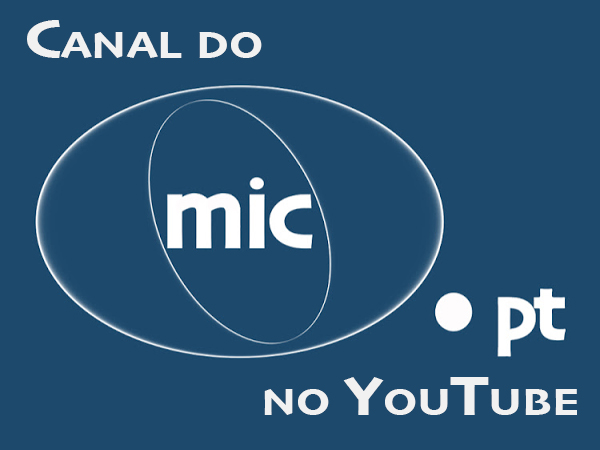Cláudio Carneyro was born on January 27 1985 (on the same day and month as Mozart). He grew up in an artistic environment. His father was the renowned Portuguese painter António Carneyro. Cláudio Carneyro, the oldest son, often served as a model for his drawings and paintings, whose portraits constitute the most transcendent examples in his work. Devoted to music he improved his talent as violinist and composer. “The impulse for a musical carrier was given to him by one of his uncles who secretly taught him the violin with the «aim to surprise the family.»”[1]
From the age of 15 he studied at the Conservatory in Porto, where he would come back in 1922 already as professor of Theory and Solfège, after having studied the violin with Bilewski and Jules Boucherit in Paris. Since 1930 he consolidated his connection with the Conservatory as professor in composition. In 1956 he assumed the direction of this institution.
The success achieved in Paris in the appreciation of his work for string orchestra, “Prelúdio, Coral e Fuga”, which Gabriel Pierné conducted in 1923 and 1925 at the Théâtre du Châtelet with the Orchestre Colonne, gave a new direction to his career. Cláudio Carneyro gave up the violin in order to dedicate himself exclusively to composition. He worked with professors of renowned mastery, such as Charles Widor in Paris and later as scholarship holder of the Institute for High Culture (Instituto para a Alta Cultura) with Paul Dukas, with whom he continued to improve composition (1935-36).
Among his various journeys abroad one should also emphasize the course, which he attended in the United States of America (1927-29), where he met the violinist Katherine Hickel, who became his wife. Having dedicated himself to composition he presented in Porto and Lisbon, in 1929 and 1932 respectively, various concerts entirely with his works: in February 1932 at the São Carlos Theatre with Vianna da Motta, who conducted the premiere performance of his three “Poemas em Prosa”. In the midst of his mature phase he received the Moreira de Sá Award, in 1933 at the Orphéon Portuense.
Apart from the repertoire for different vocal and instrumental combinations Cláudio Carneyro also continued to compose and orchestrate for string instruments, having founded a string orchestra in Porto (Orchestra of the Porto Municipality), for which he readapted polyphonic repertoire of various classical composers. In the 1940s he wrote some of his most important works as a result of commissions by the Gabinete de Estudos Musicais da Emissora Nacional (Musical Studies Cabinet of the National Broadcaster), such as for example the score of the ballet “Nau Catrineta” and the String Quartet in d minor.[2]
On July 15, 1956, in response to the invitation of the North-American government he made a visit to the main musical centres of the United States, at that time organizing plenty of festivals. On this occasion Cládudio Carneyro had the opportunity to meet with Charles Münch, Aaron Copland, William Primrose, Darius Milhaud and Zino Francescatti, among others. In 1962 the Porto Section of the Jeneusses Musicales Portugal paid him a tribute with a concert exclusively dedicated to his work at the Trinidade Theatre in Porto.
In 1934 Cláudio Carneyro was decorated with the Order of Saint James of the Sword. He passed away 50 years ago, on October 18, 1963 in Porto. The assets of his work can be found at the Porto Municipal Library, which on the occasion of his 100th anniversary (March 1995) published a catalogue of his original manuscripts.
The work
Cláudio Carneyro’s work can be distinguished through its aesthetic diversity, assimilating various contemporary techniques and forms of expression.
At the dawn of the 20th century the composer had contact with romantic, impressionistic and symbolist influences. The relevance, which his chamber songs assume in the history of Portuguese music, is indisputable. He represents the period of transition form romanticism to modern music, situating himself above all in impressionism, symbolism and expressionism.
Regarding traditional Portuguese melodies, the composer wished to maintain them in symphonic style, thus having composed “Portugalesas” in 1949. This interest towards “musical folklore” remained in consonance with the work of other authors, influenced by the then recent transcription of a traditional songbook, assembled by António Joyce. At the same time, he collaborated with the Gabinete de Estudos Musicais da Emissora Nacional (Musical Studies Cabinet of the National Broadcaster), as representative of the Northern Broadcaster (Emissor do Norte). The importance he gave to popular / traditional creation and its incorporation in art music can be evidenced in the numerous harmonisations of folklore melodies, which include his work for voice and piano as well as choral pieces. In this context one should also emphasize his work as musical ethnographer – he collaborated with Joaquim Alberto and Fernando de Pires Lima in various publications and studies concerning traditional Portuguese music.
Fernando Correia de Oliveira, one of Cláudio Carneyro’s pupils, says that the a cappella polyphony was another among his preferred styles. In this context his production encompasses around 50 works, which he was composing regularly, since 1917 until the end of his life.
Another side of his work undoubtedly represents modernist influences, as Elvira Archer writes on the pages of the Arte Musical Journal: “Despite the formal neoclassical orientation in various cases of his production, despite his great predilection for the historical past, in fact for everything which was old, medieval, mannerist or baroque, Cláudio Carneyro was a modern composer”.[3] His piece for piano, “Sob o Signo Lunar” form 1951, according to Filipe Pires represents “a profusely chromatic composition, amalgamating free atonality with successions of whole tones and revealing the accentuated esoteric climate, which characterizes one of the sides of the composer’s last phase.”[4] Another example is the piece “Khroma” (with the title allusive to its chromatic nature as the distinctive technical characteristics) for viola and piano (version from 1954) or for viola and orchestra (version from 1962). According to Manuel Pedro Ferreira “it seems inevitable to mention this work as the first known example of dodecaphonic nature”[5] in the perspective of the history of Portuguese 20th century music. Cláudio Carneyro used to say that this piece constitutes “a free study on dodecaphony”.[6] From the last phase one should also highlight the work “Movimento Perpétuo” for piano (1955), which, as Filipe Pires relates, constitutes “a flagrant example of a technicist orientation of abstract nature, which Cláudio Carneiro imprinted to some of his works from the 1950s”.[7]
Cláudio Carneyro left us a vast and rich work, which represents influences from various significant currents of 20th century music – from impressionism, passing through folklorism and neoclassicism up to the atonality / chromatism / dodecaphony of the Second Viennese School. The importance of his work on the Portuguese panorama of the 20th century certainly regards this diversity. In a more pedagogical perspective it contributed to the divulgation of compositional techniques from around the world within the Portuguese musical environment, which for socio-political reasons remained hermetic at that time. In the year in which we commemorate the 50 years after his passing it is indispensable to give a new context to his work and activity. Cláudio Carneyro is certainly one more Portuguese composer whose music deserves to be rediscovered and presented internationally.
Cláudio Carneyro on YouTube
“Movimento Perpetuo” (1955)
Constantin Sandu – piano“Cantar d'Amigo” (1961)
Sílvia Correia de Mateus – soprano | Álvaro Lopes Ferreira – piano"Portugalesas" (1949)
1. Senhora do Carmo
2. Alvorada do Espírito Santo
3. Malpica I
4. Malpica II
5. Malhão e Senhora do Almortão Audio excerpts available on the mic.pt
“Trio com piano”(1928)
Quarteto de Cordas do Porto“Quarteto de Arcos”(1947)
Quarteto de Cordas do Porto“Sonata”(1928)
Jack Glatzer – violin | Filipe de Sousa – piano
---
1 Elvira Archer, “Cláudio Carneiro” in: Arte Musical, IV Série – nº 3, Juventude Musical Portuguesa, 1996/04, p. 134 e 138
2 Rui Cabral Lopes, “Carneiro, Cláudio” in: Enciclopédia da Música em Portugal no Século XX; coordination: Salwa Castelo-Branco; Lisbon 2010, p. 249
3 Elvira Archer, op. cit., p. 140
4 ibidem
5 Manuel Pedro Ferreira, "Cláudio Carneiro: o caso Khroma" in: "Dez Compositores Portugueses. Percursos da Escrita Musical no Século XX": coordination: Manuel Pedro Ferreira; Lisbon 2007, p. 113
6 ibidem, p. 114
7 Elvira Archer, op. cit., p. 140





